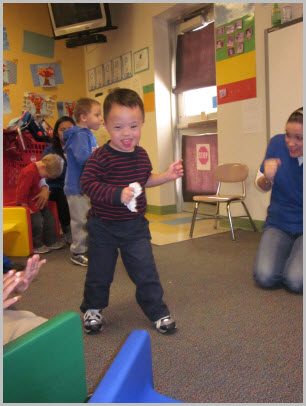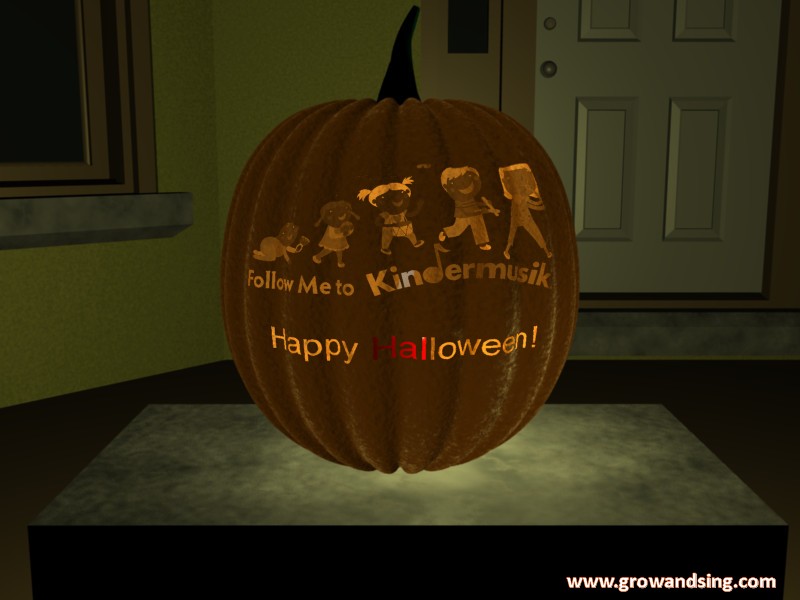Preschool teachers notice the signs long before the children do. Boxes of sharpened and unused crayons. Full canisters of tempura paints. New bags of sand for the sensory table. The smell of the freshly laminated name tags. Yes, all signs point to a new school year starting soon!
At the beginning of each school year, preschool teachers gather more than new supplies for the classroom. They also gather key information about the children by identifying and describing each child’s development in various domains. This benchmarking helps educators support the growth of each child to his or her fullest potential throughout the year.
 Our early childhood curriculum uses music and movement to support the development and learning across and within domains. We use music to reach children of all abilities and in a classroom of children exhibiting a range of skills and competences.
Our early childhood curriculum uses music and movement to support the development and learning across and within domains. We use music to reach children of all abilities and in a classroom of children exhibiting a range of skills and competences.
Whether used in a preschool, Head Start or Early Head Start program, public school, or other early learning setting, Kindermusik’s early childhood curriculum delivers proven results. In fact, children participating for just 30 minutes a week experience a 32 percent more literacy gain than other children. Here are just some of the ways we use music, movement, and stories to help children reach standard benchmarks.
5 ways our early childhood curriculum helps children reach benchmarks
- Our Storytime gives preschool teachers ways to ask and answer questions about key details such as the plot or the characters. We know that children benefit from hearing the story multiple times, so it’s repeated weekly in each unit for preschoolers to become familiar with plot, characters, settings, and main events.
- Our Hosted Teaching CDs provide brief introductions with key information about a story’s topic and setting. In the second half of each unit, lessons pose a range of recall, inferential, compare/contrast, and beyond-the-text questions. At the end of storytime, the lessons give preschoolers opportunities to ask or answer questions about the story that can help deepen their understanding of the story or subject.
![KindermusikPresents_ABCMusicAndMe_AGlobalEarlyChildhoodCurriculum[1]](https://media2.kindermusik.com/website/sites/2/2014/05/KindermusikPresents_ABCMusicAndMe_AGlobalEarlyChildhoodCurriculum1-300x167.png) Our songs and poems use rhyme to improve phonological awareness. Research shows that lyrics can help young children improve their comprehension and build their vocabulary and listening skills. Plus, the engaging nature of music helps motivate young children to learn. And, of course, building vocabulary, comprehension, and listening skills are all part of the preschool standards.
Our songs and poems use rhyme to improve phonological awareness. Research shows that lyrics can help young children improve their comprehension and build their vocabulary and listening skills. Plus, the engaging nature of music helps motivate young children to learn. And, of course, building vocabulary, comprehension, and listening skills are all part of the preschool standards.- Our songs, poems, rhymes, and rituals inspire children to acquire vocabulary incidentally by reading and listening to stories. The texts’ illustrations and activities give children tools to learn new vocabulary through both seeing and doing. To ensure comprehension, teachers often pause the Hosted Teaching CD and ask questions to assess learning as well as answer student questions.
- Each unit also includes explicit vocabulary instruction. Words essential to songs and poems appear on picture cards and are introduced through direct instruction or by modeling during group discussions. Research supports the use of direct vocabulary instruction, including the effectiveness of having young children learn robust, academic words.
 To learn more about using our early childhood curriculum, ABC Music & Me, email us at abcinfo@kindermusik.com.
To learn more about using our early childhood curriculum, ABC Music & Me, email us at abcinfo@kindermusik.com.
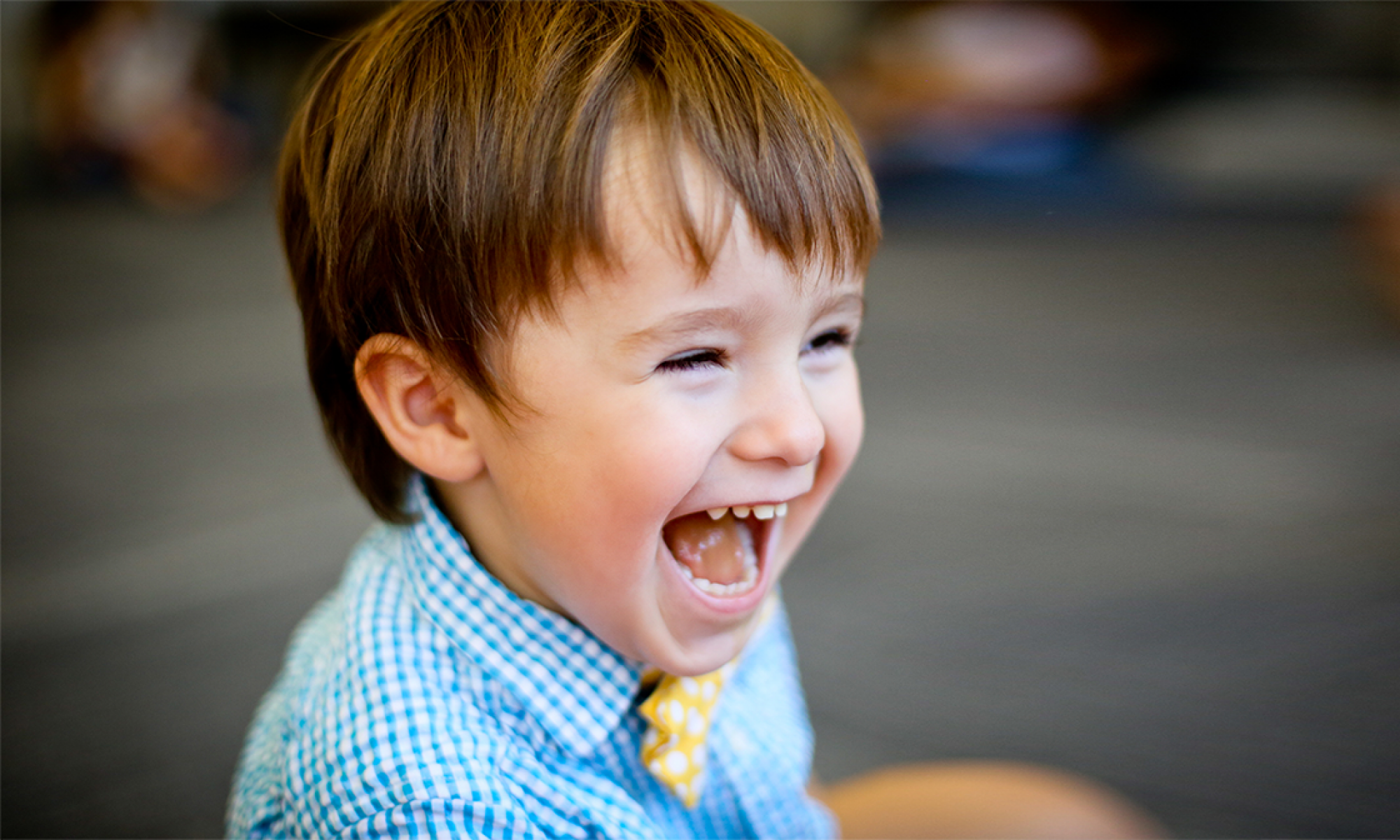
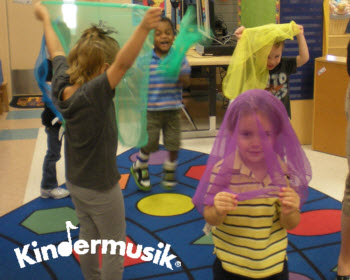
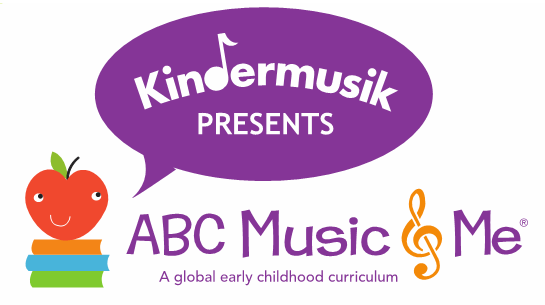
![KindermusikPresents_ABCMusicAndMe_AGlobalEarlyChildhoodCurriculum[1]](https://media2.kindermusik.com/website/sites/2/2014/05/KindermusikPresents_ABCMusicAndMe_AGlobalEarlyChildhoodCurriculum1.png)

 From “Home Sweet Home
From “Home Sweet Home
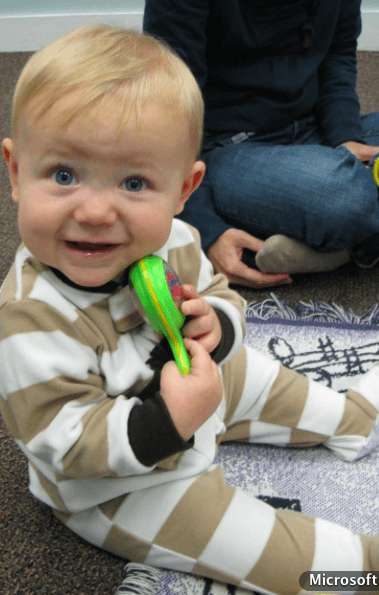




 The known connections between music and math go way back. The 17th century German mathematician, Gottfried Leibniz, explained it this way: “Music is the sensation of counting without being aware you were counting.” Centuries later we understand more about the benefits of music on learning, including on the cognitive development in children.
The known connections between music and math go way back. The 17th century German mathematician, Gottfried Leibniz, explained it this way: “Music is the sensation of counting without being aware you were counting.” Centuries later we understand more about the benefits of music on learning, including on the cognitive development in children.

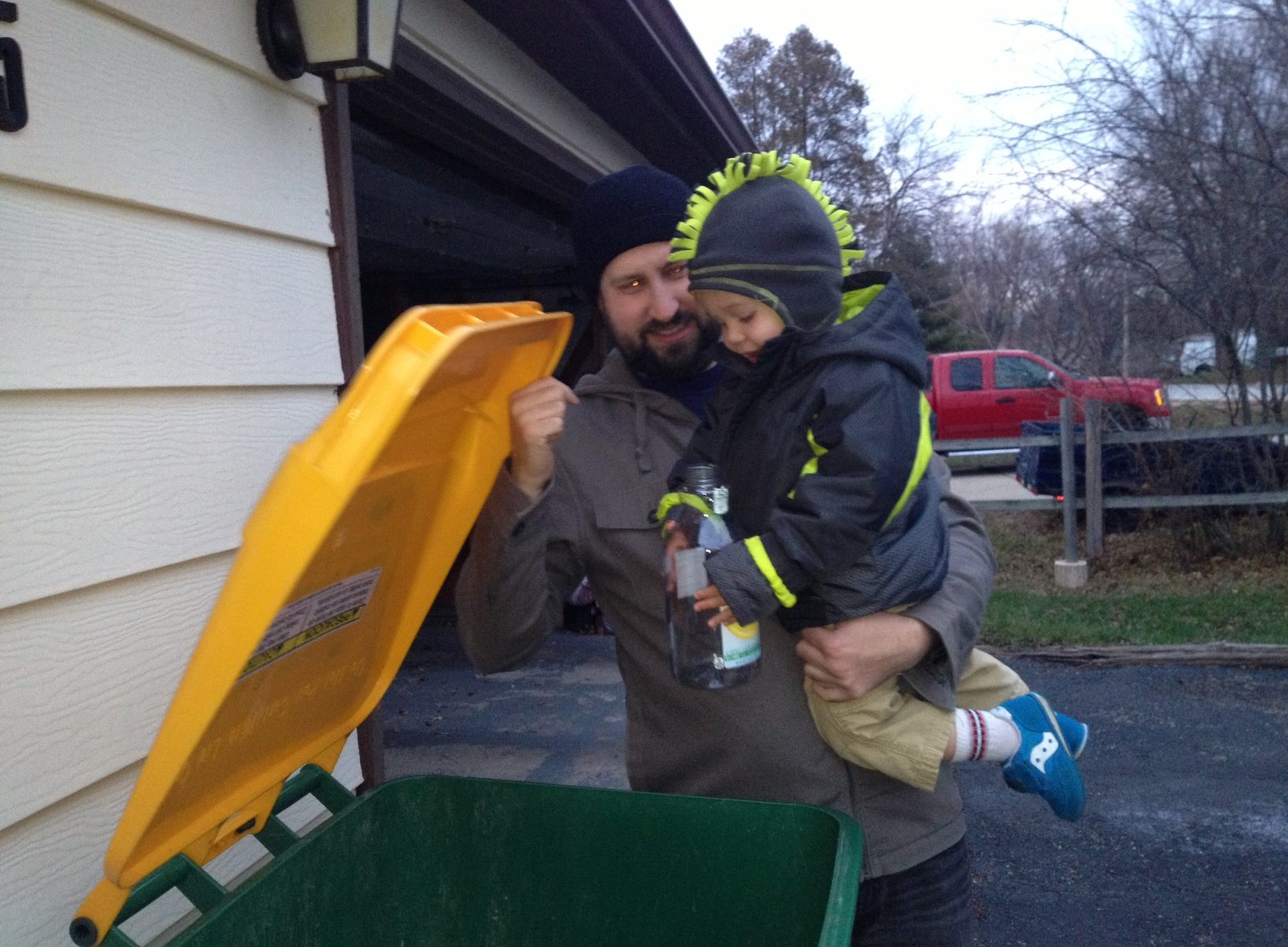


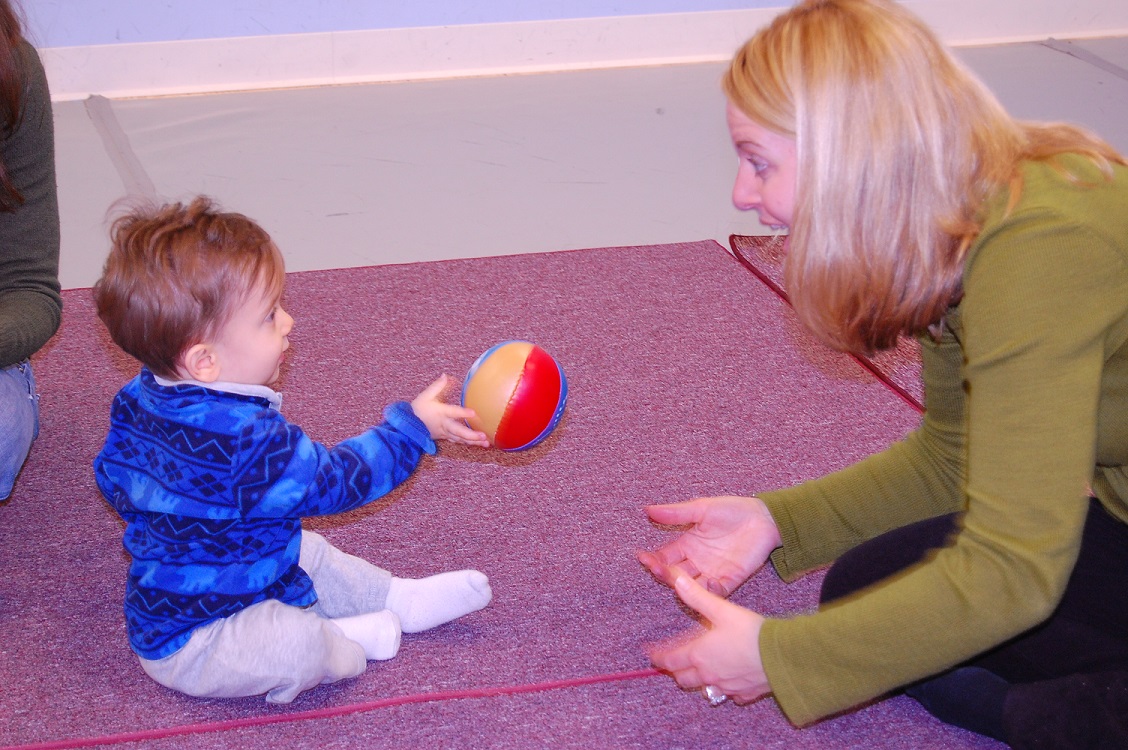


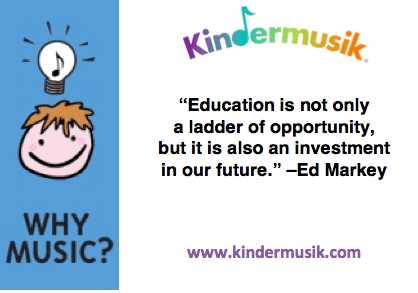



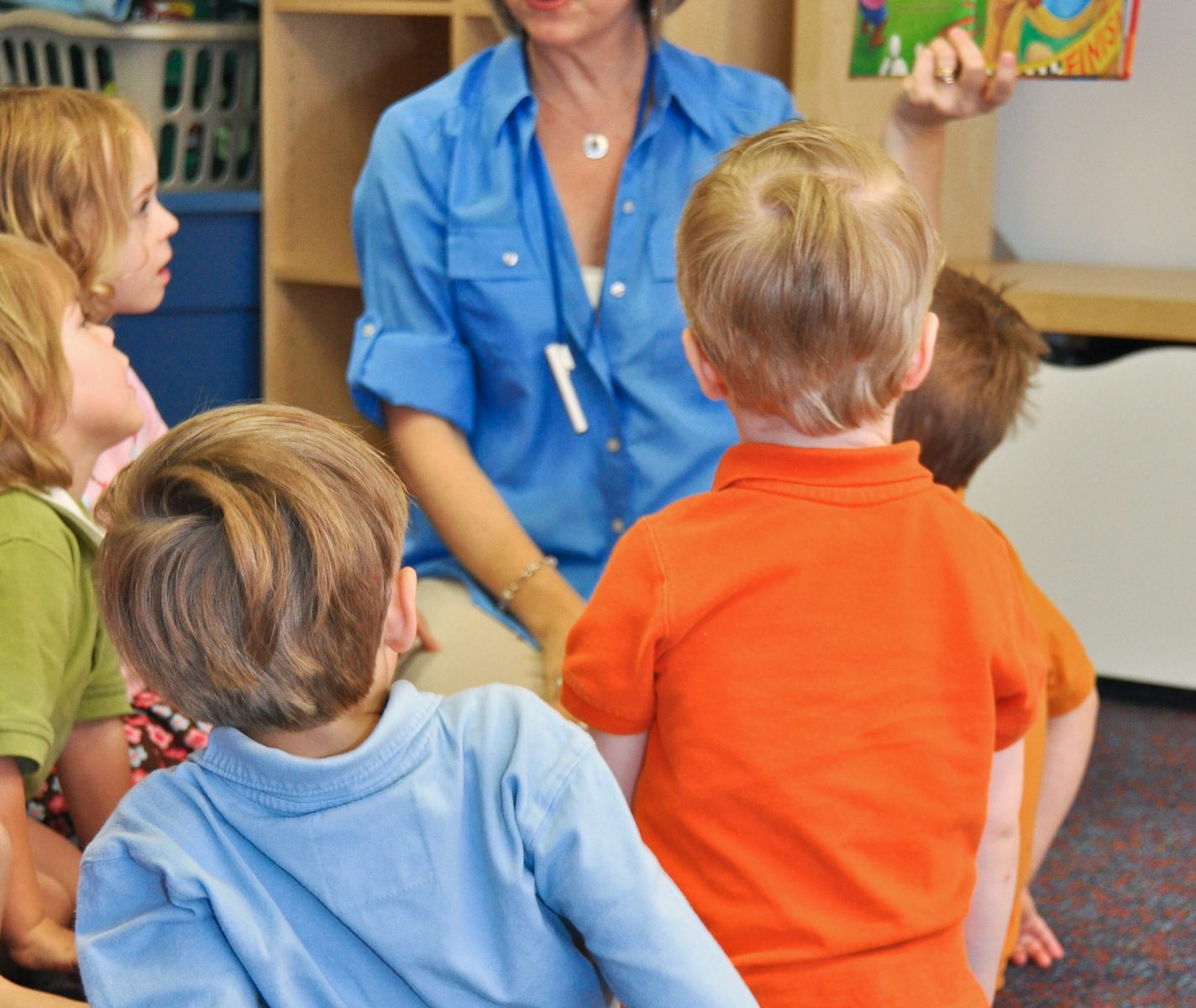
 Yes. You read the title correctly. Early childhood teachers give kids the gift of gab. Research proves it! A team of researchers at UNC’s Frank Porter Graham Child Development Institute recently published a compilation of studies that shows how early childhood educators positively impact the language development and communication abilities of infants and toddlers.
Yes. You read the title correctly. Early childhood teachers give kids the gift of gab. Research proves it! A team of researchers at UNC’s Frank Porter Graham Child Development Institute recently published a compilation of studies that shows how early childhood educators positively impact the language development and communication abilities of infants and toddlers.
